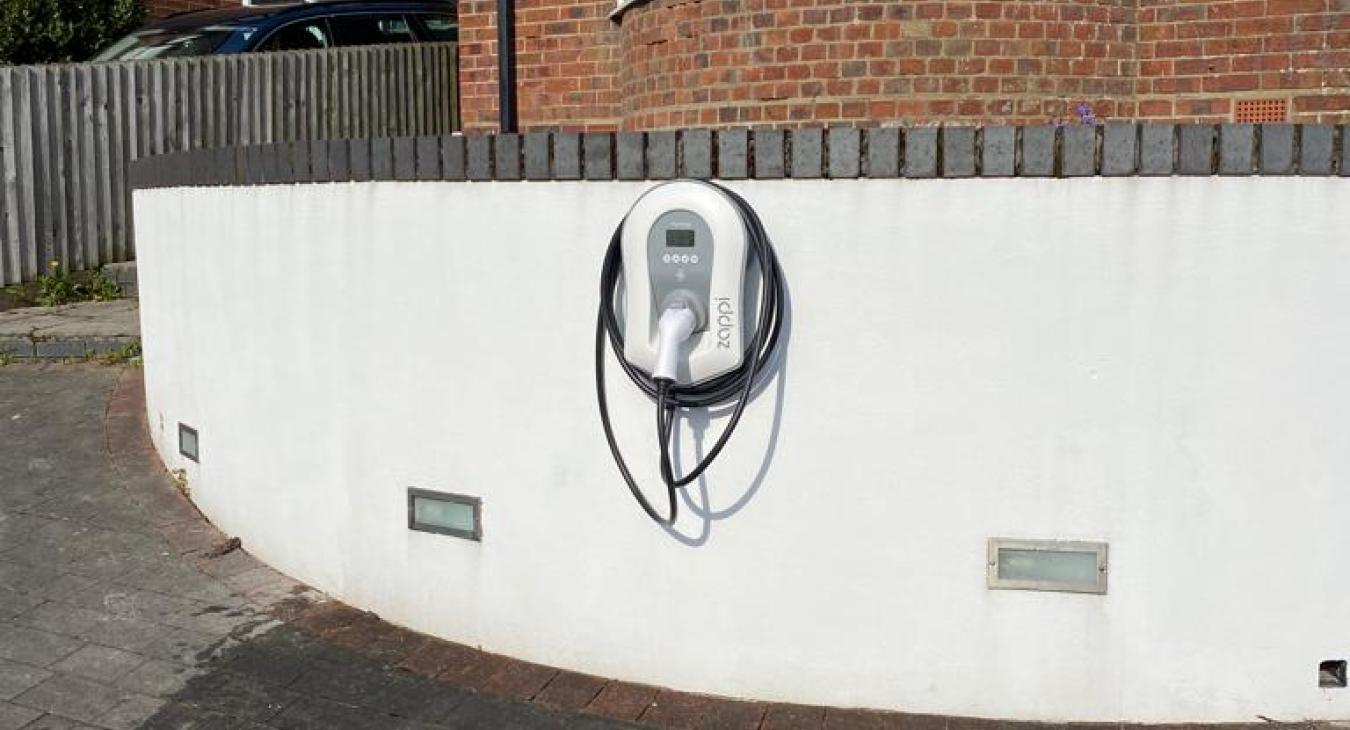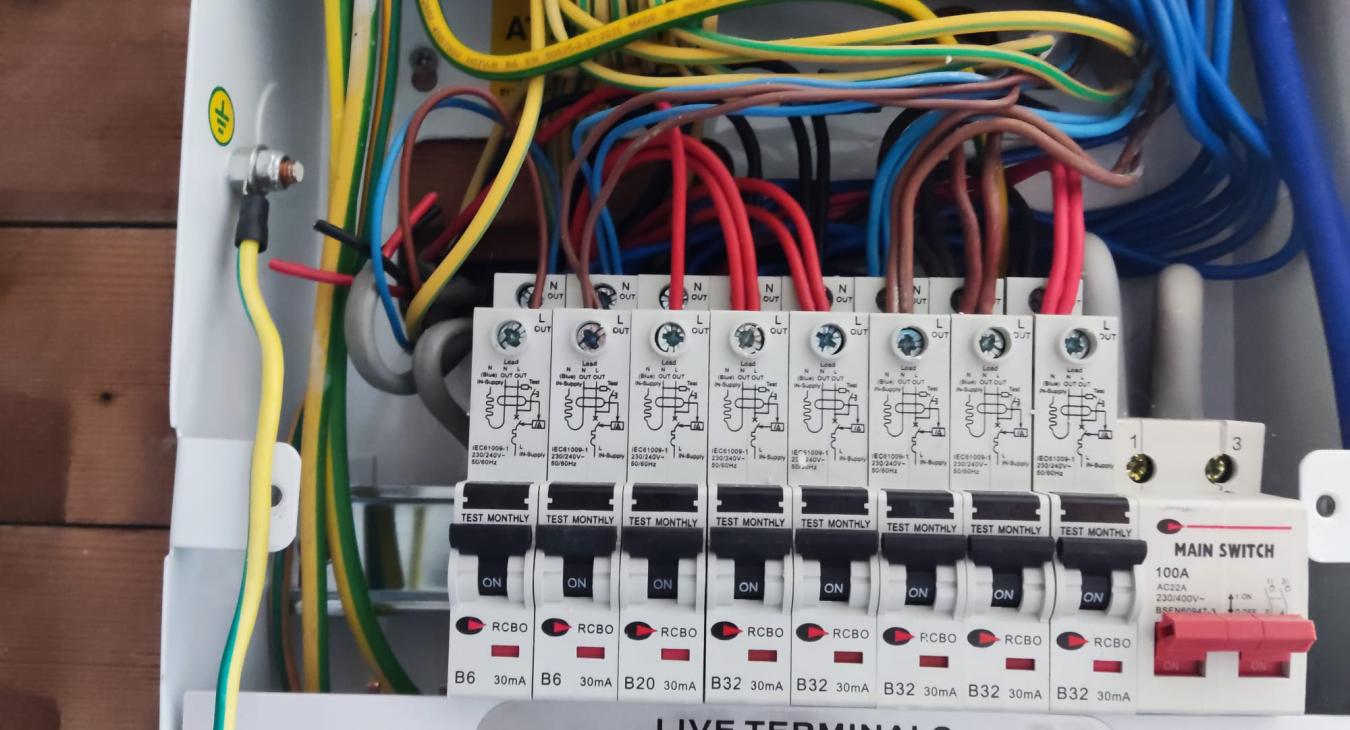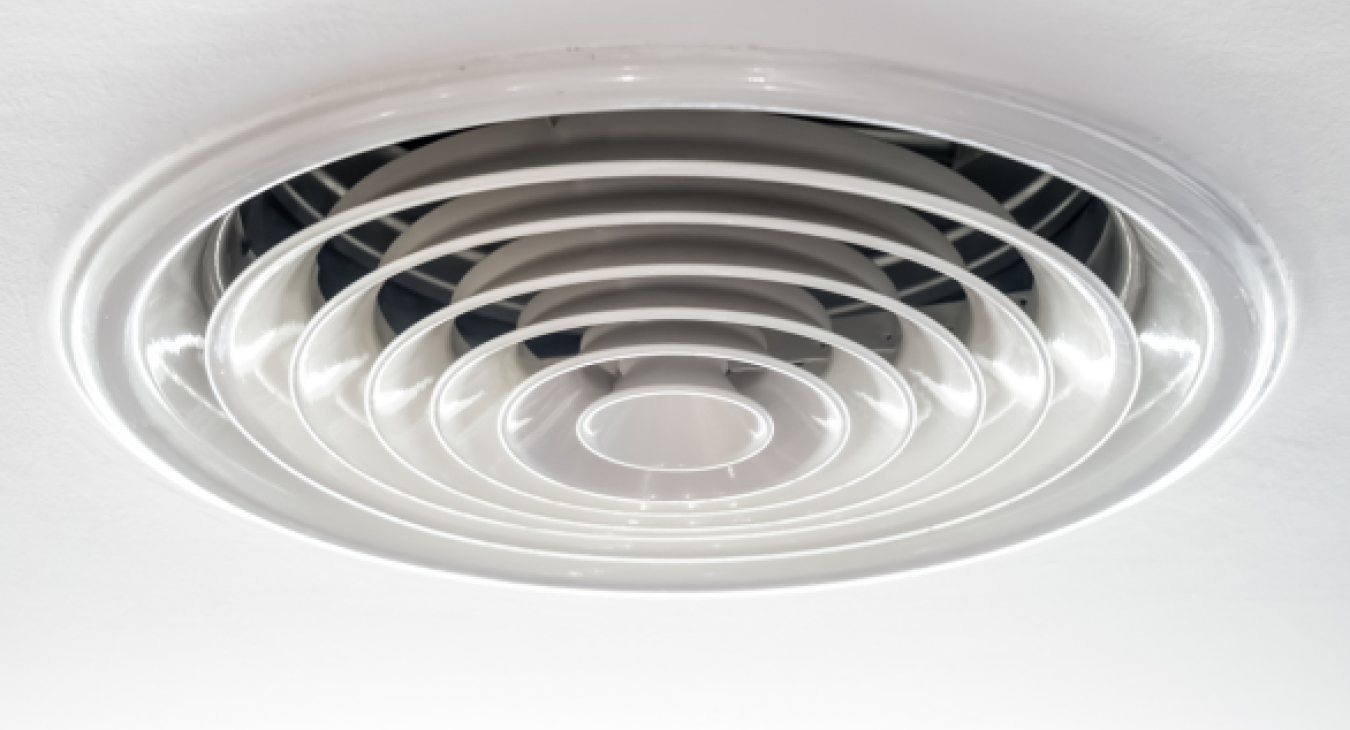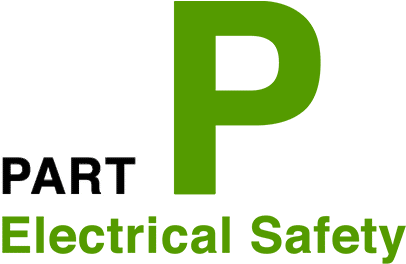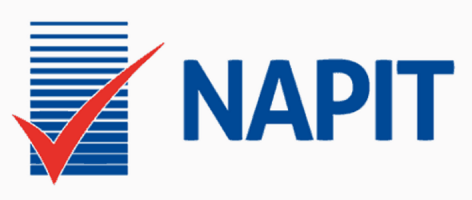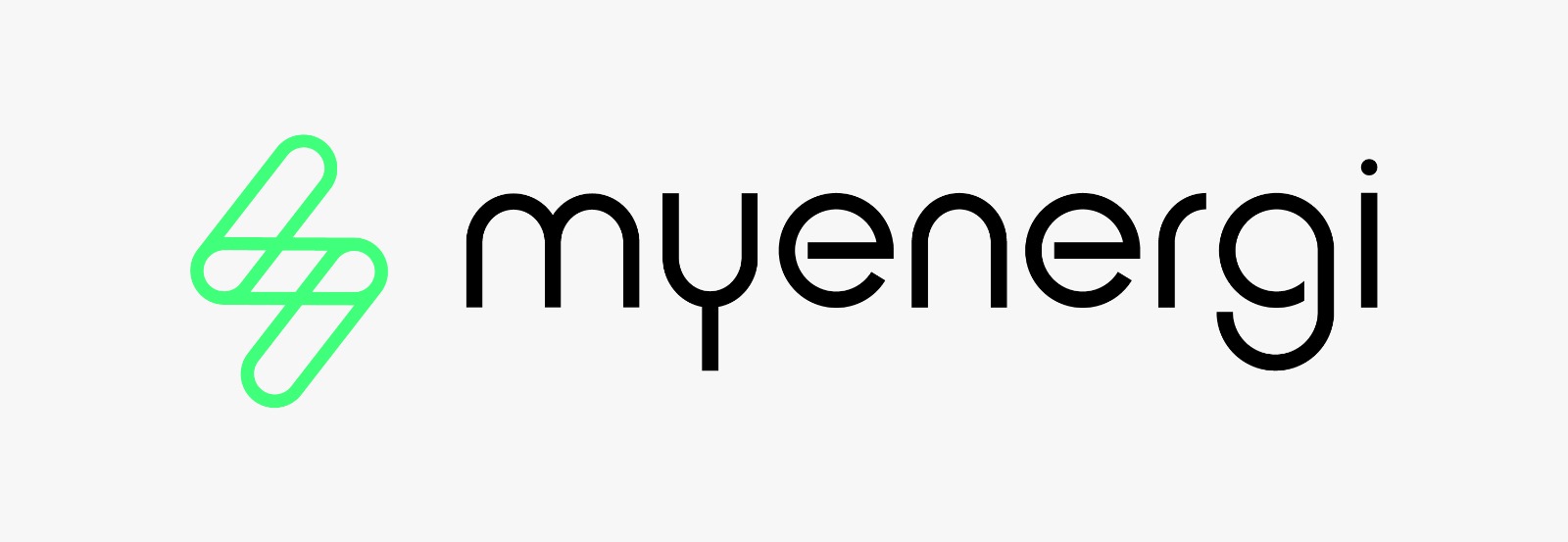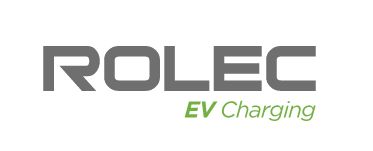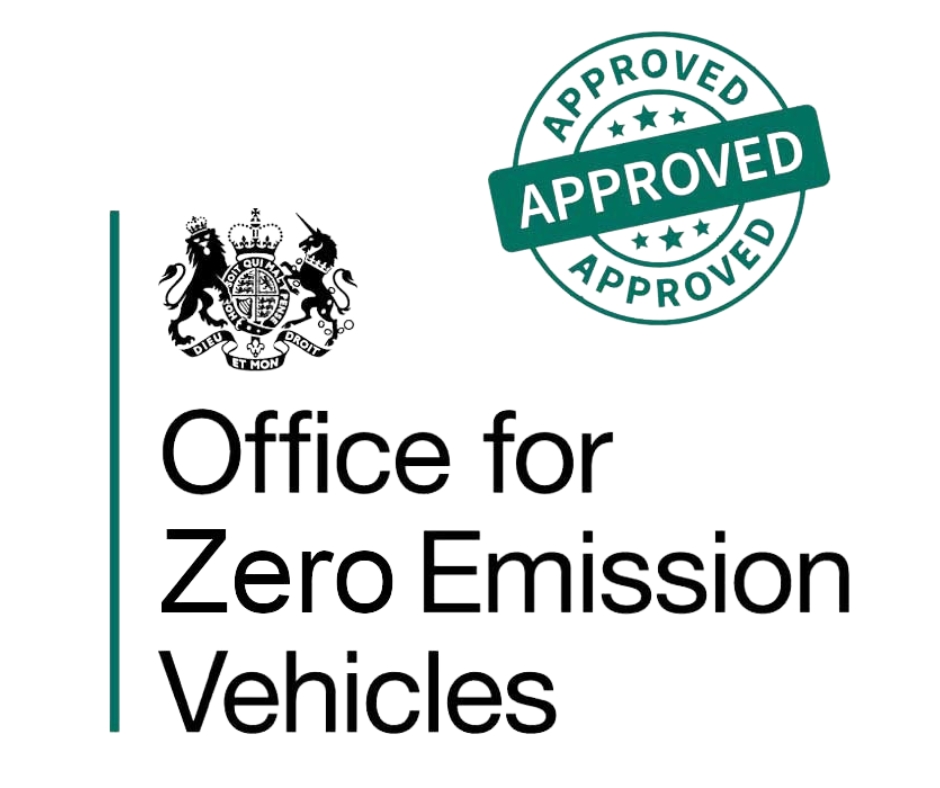
Ordering an EICR can provide valuable insights for buying, selling, or renting property, leading to potential benefits.
EICR Coding Explained.
Ensuring the safety and compliance of electrical installations in residential and commercial properties is paramount for property owners and electrical professionals alike. Among the myriad safety checks, the Electrical Installation Condition Report (EICR) stands out as a critical assessment, identifying potential electrical risks or non-compliance with current regulations. Understanding the EICR coding system is essential for property owners, landlords, and electrical engineers to appreciate the urgency and nature of the recommended actions. Let’s demystify EICR coding, thoroughly exploring what each code signifies and the steps that should follow its identification.
Understanding EICR
Before diving into the coding specifics, let's briefly outline what an EICR entails. An EICR is an inspection conducted by a qualified electrician to assess the safety and integrity of an electrical installation. This comprehensive examination checks for wear and tear, identifies any parts not in accordance with the IET Wiring Regulations, and tests the installation's efficiency to protect against electric shocks and fires.
The EICR Coding System
The heart of an EICR is its coding system, which classifies the findings according to the level of risk or action required. These codes are crucial in guiding property owners and electrical professionals in prioritising and addressing electrical safety concerns.
Code C1: 'Danger Present'
The most urgent code, C1, indicates that danger is present, posing a likely risk of injury, and immediate action is required to ensure safety. Situations that typically receive a C1 code include exposed live wires or severe damage to electrical components. Upon receiving a C1 code, it is imperative that the issue is rectified immediately, even before the electrician leaves the site.
Code C2: 'Potentially Dangerous'
Next in the hierarchy of urgency is code C2, signalling that the identified issue could become a danger if not addressed. While not requiring instant correction like a C1, repairs for C2 issues should not be delayed. Examples might include inadequately protected circuits or the lack of earthing in specific installations.
Code C3: 'Improvement Recommended'
A C3 code does not indicate immediate or potential danger but highlights areas where the electrical installations could be improved to enhance safety or comply with current standards. This code is more about best practices rather than mandatory corrections, such as upgrading old but functional wiring that doesn’t comply with the latest regulations.
FI: 'Further Investigation Required'
An FI code is issued when the electrician cannot fully assess a potential risk due to limitations during the inspection. It suggests further investigation is necessary to determine whether the installation complies with safety standards. Responding promptly to an FI code is crucial to uncovering and mitigating hidden dangers.
Navigating EICR Findings
Understanding the implications of each EICR code is just the beginning. Property owners and electrical engineers must act appropriately based on the codes received. Prioritising repairs, starting with C1 and C2 codes, ensures occupants' safety and the electrical installation's integrity. Regular maintenance and timely upgrades, even for areas flagged with a C3 code, can prevent future hazards and ensure compliance with evolving standards.
The Role of Qualified Electricians
Interpreting EICR codes and implementing the recommended actions requires expertise and experience. Engaging with qualified electricians who conduct thorough inspections and understand each code's nuances is essential. For residents and businesses in Southampton and surrounding areas, choosing a reputable, local electrician who is familiar with the region's specific electrical challenges and regulations is vital.
We utilize the EICR Codebreakers published by the governing body NAPIT to accurately address and rectify findings, ensuring compliance and safety in alignment with industry standards and the latest edition of BS 7671.
What does it mean? - EICR code summary.
EICR coding is a nuanced system that highlights and prioritises electrical safety issues. Understanding what each code signifies enables property owners, landlords, and electrical professionals to take informed steps towards ensuring the safety and compliance of electrical installations. Regular inspections conducted by qualified electricians are crucial in identifying potential hazards early and maintaining the integrity of electrical systems over time.
Partnering with a trusted local electrician is imperative for those seeking to enhance their understanding of EICR coding or who require professional electrical services in Southampton and the surrounding communities. This ensures compliance with the current safety standards and supports the safety and well-being of all occupants.

